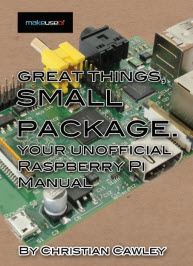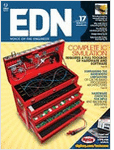TeleSecretary, a Remote Voice PDA for Cellular Phone
TeleSecretary is a low-cost Renesas M16C microcontroller-based remote PDA system. It contains a touch-tone decoder and generator, and digital voice recording and playback components. The touch-tone decoding and generating is handled by the Renesas microcontroller M32C/84.
An event database is built on the M32C/84 microcontroller to store the scheduled appointments. The M32C/84 on-board real-time clock (the 32 kHz clock) provides the correct timing for tracking daily events. Another voice recording database is also built into the microcontroller to track and manage the 4 Mb voice memory of the ISD5116 digital recorder, so that the voice recording, playback, removal functions can be performed without worrying about voice memory fragmentation. The digital voice recording and playback on the single-chip recorder ISD5116 from Winbond Electronics can be controlled and managed by using I2C interface on the M32C/84.

The system is connected to the phone jack at the office or at home. When a user has a new appointment, he can dial into the system from his cellular phone. The system detects the incoming call from the loop current monitor and starts to decode the touch tone on the line. The system normally forwards the incoming call to an attached answering machine for regular message recording. If the user presses a “#” sign key from his cellular phone, however, the system enters receiving mode and waits for the user to enter a sequence of number phrases. The first number phrase is the user’s password. If the password does not match the preset password, an alert tone is fed back to the caller, and the followed steps and recording are disabled. If the password is valid, the month, day, hour, and minute can be entered. Each touch tone phrase is terminated with a “#” sign. Then the system enters recording mode. The user can state the purpose and nature of the appointment or event. The voice is digitized and recorded onto the ISD5116’s internal memory. After recording, a log entry, with the decoded month, day, hour, and minute information, is created in the event database.

During idle time, the system periodically checks the event database. If an event is due, the system checks the availability of the phone line, engages the phone line, and dials out the preset user’s cellular phone number. When the user answers, the corresponding recorded voice message is played back. If the user pushes a “#” sign after listening to the message, the event will be removed from the database, and the corresponding voice message is also erased. If the user’s phone is busy or the user is not available, the event is put onto a call waiting queue. Periodically, the events on the queue trigger the call process again until the user gets the message.
The system also provides a setting mode for the parameter setting. The user can use the touch pad on a normal phone to connect to the system to set the password, the user’s cell phone number, and the current date and time for the real-time clock.
Voice Activated PDA
Project Firmware, Schematic and Documentation
circuitcellar.com






